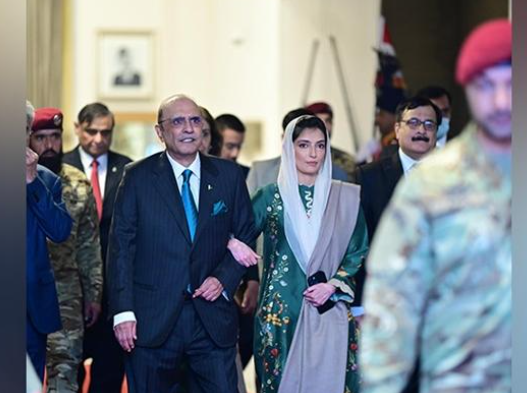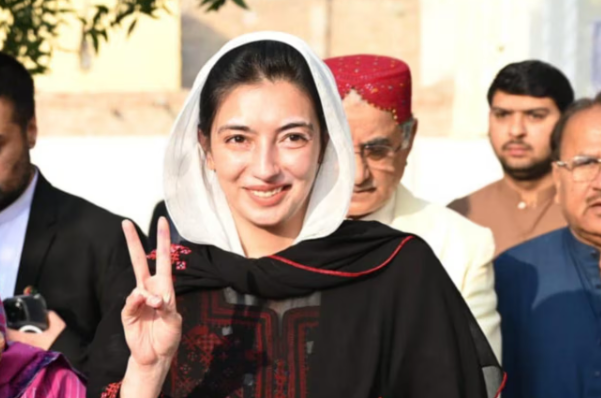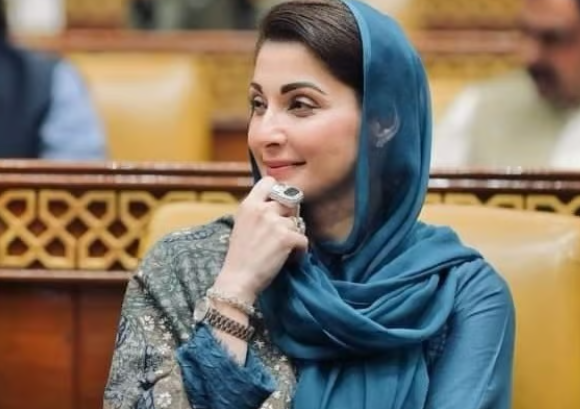
Pakistan President’s Daughter Potentially Set to Become Country’s First Lady
Pakistan President’s Daughter Poised to Make History as Country’s First Lady
In a significant leap forward for Pakistan’s political landscape, the possibility arises of the President’s daughter assuming the role of the country’s First Lady. This prospective development heralds a momentous shift in societal norms and expectations, paving the way for greater gender equality and representation at the highest levels of government.

The potential ascension of the President’s daughter to the position of First Lady represents a remarkable departure from traditional gender roles and conventions in Pakistani politics. Historically, the role of First Lady has been largely ceremonial, with little direct involvement in policymaking or governance. However, with the President’s daughter potentially assuming this role, there is an opportunity to redefine and expand the scope of the First Lady’s influence and impact.
Beyond symbolic significance, this development carries profound implications for gender equality and women’s empowerment in Pakistan. By occupying a position of prominence and visibility, the President’s daughter can serve as a powerful role model and advocate for women’s rights and inclusion. Her presence in the political arena challenges entrenched gender stereotypes and underscores the importance of women’s participation in decision-making processes at all levels of society.

Moreover, the potential elevation of the President’s daughter to the role of First Lady reflects a broader trend towards greater gender representation and inclusion in Pakistani politics. In recent years, there has been a growing recognition of the importance of women’s voices and perspectives in shaping public policy and governance. The President’s daughter’s candidacy for First Lady exemplifies this trend, signaling a more inclusive and progressive approach to leadership and governance in Pakistan.
However, while this development represents a significant step forward for gender equality, it also raises important questions and considerations. Chief among these is the need to ensure that the President’s daughter is able to exercise her role as First Lady autonomously and independently, free from undue influence or expectations. It is essential that she be afforded the same respect, dignity, and opportunities as her male counterparts, and that her contributions to public life be valued and recognized on their own merits.
Furthermore, the potential appointment of the President’s daughter as First Lady underscores the importance of transparency and accountability in governance. While familial connections may confer certain advantages, it is essential that appointments to high-level positions be based on merit, qualifications, and suitability for the role. The President’s daughter must demonstrate her competence, integrity, and commitment to serving the interests of the Pakistani people, irrespective of her familial ties.

In addition to these considerations, the potential appointment of the President’s daughter as First Lady opens up new opportunities for dialogue and collaboration on issues of national importance. As a prominent public figure, she can use her platform to advocate for causes such as education, healthcare, and economic development, thereby amplifying the impact of government policies and initiatives. Her unique position affords her the ability to bridge divides, foster consensus, and promote unity and cohesion among diverse segments of society.
Moreover, the President’s daughter’s candidacy for First Lady serves as a reminder of the importance of women’s leadership and representation in politics and public life. While progress has been made in recent years, women continue to be underrepresented in positions of power and influence in Pakistan and around the world. The President’s daughter’s potential appointment as First Lady sends a powerful message about the value of women’s contributions and the need to break down barriers to their full participation in governance and decision-making processes.
For the latest updates-click here.

